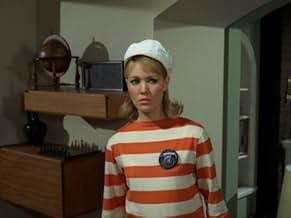Dopo le dimissioni, un agente segreto viene rapito e portato in quello che sembra un villaggio idilliaco, ma è davvero una prigione bizzarra.Dopo le dimissioni, un agente segreto viene rapito e portato in quello che sembra un villaggio idilliaco, ma è davvero una prigione bizzarra.Dopo le dimissioni, un agente segreto viene rapito e portato in quello che sembra un villaggio idilliaco, ma è davvero una prigione bizzarra.





































